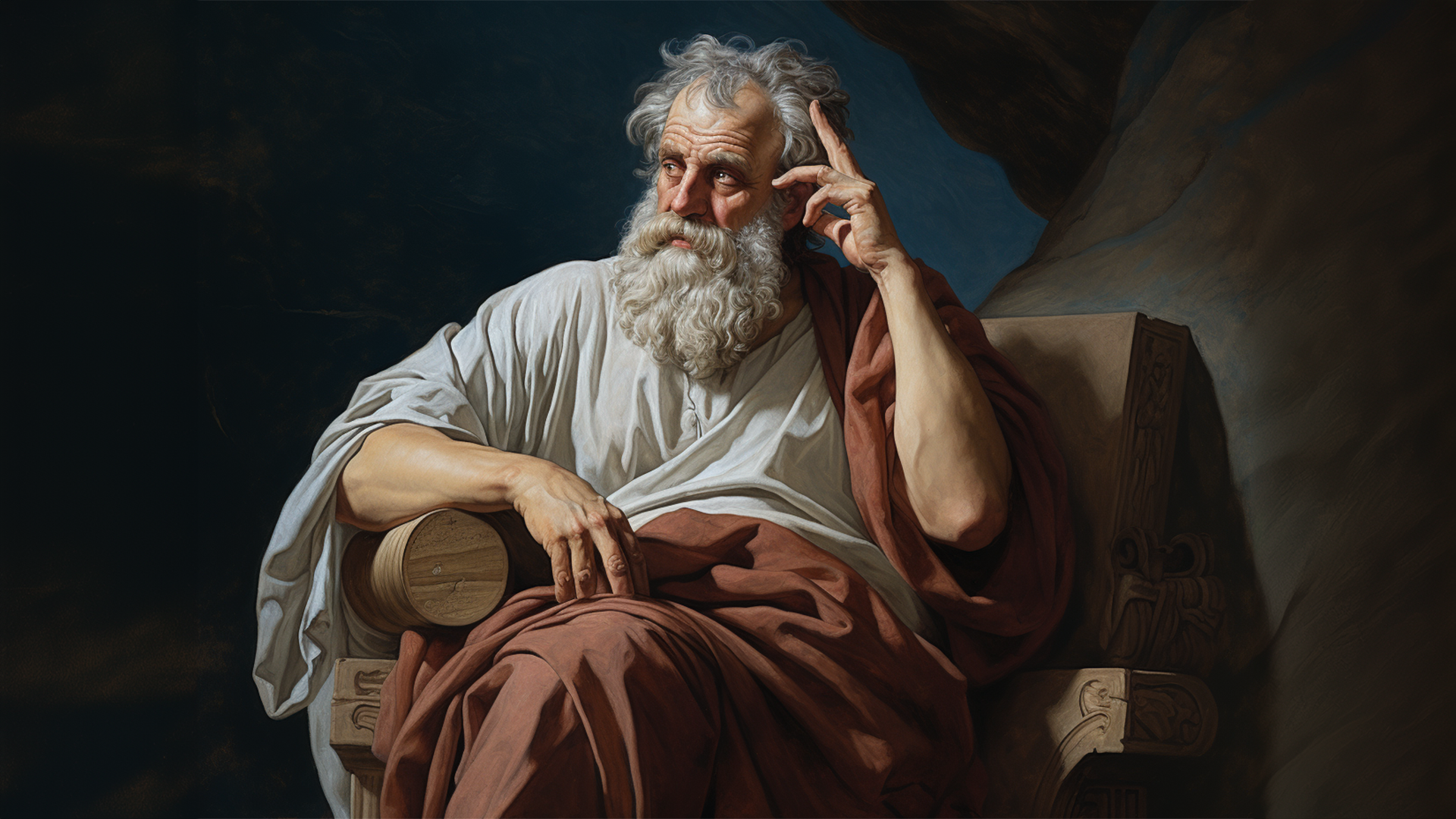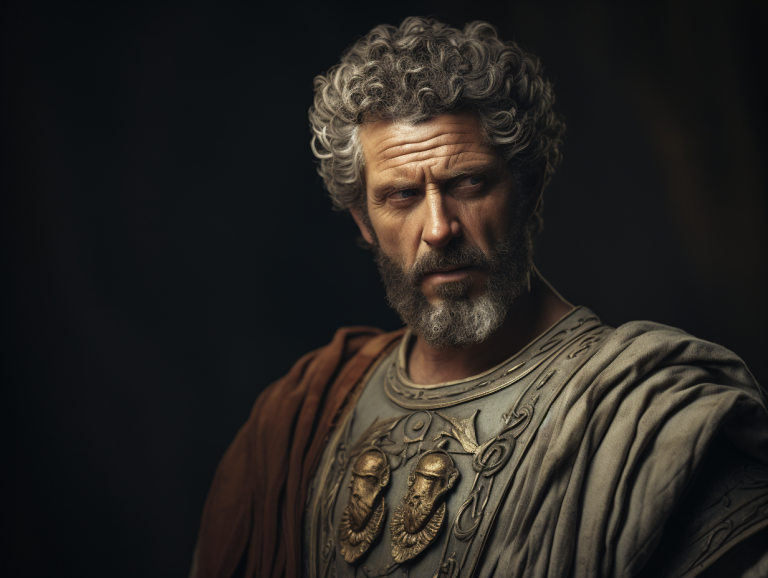
I’m a mystic, I’m a Christian mystic, and for as long as I’ve been aware of it, I’ve always been bothered by the problem of suffering. That the world we live in is one of almost continual suffering, we’re born, we die and in between we suffer!
This has often led me to consider that the world we live in may in fact be a hell realm, other commentators probably agree, the idea of our world, our cosmos being the 10th circle of Hell or at least in some way or another is connected to it, is increasingly common in all sorts of TV dramas or works of fiction that have a metaphysic to them! But what is really going on, what’s the idea behind this idea, is it simply that the world is imperfect? Is there an ideal of a perfect realm, a perfect existence out there somewhere? If so, then I’m not an original thinker, but in fact accessing an archetypical ideal, one that is as old as humanity, one the origins of which can be traced back in time through the Gnostics of the 1st and 2nd century AD and earlier, such as the Hellenistic epoch and beyond. There’s a perfect realm out there somewhere, but we live in its imperfect shadow.
This ancient idea is an ever-present reality in mystic thought, popularised in modernity by the celebrated psychiatrist and father of analytical psychology Carl Gustav Jung, the writings of which contain both Gnostic and Neo-Platonist elements. Thus, it’s arguable that Jung was in fact a mystic, a Neo Platonist or a specific type of mystic, i.e. a modern-day Gnostic, let me explain…
Carl Jung popularised the idea of a collective unconscious in modernity, explaining it as a realm of deep mind that exists outside the conscious awareness of the individual, yet accessible to us in dreams, visions and creative endeavours such as the arts, music, painting, drawing, sculpture and so on. Indeed, any form of creative expression ultimately belongs to the collective unconscious of humanity. It’s a layer of ‘deep mind,’ that is pan-individual, greater than all of us, but accessible by any one of us. In a sense we come from unawareness to consciousness and then back again. That’s the life cycle of a human being. Our consciousness that’s self-aware is closely associated with the Ego, rides like an ant on the back of an elephant! So, it should come as no surprise then, that what Jung is essentially describing is Plato’s Perfect Realm of Forms. This very old idea, consigned to history by more modern thinkers has once again found expression through the works of Carl Jung.
Plato’s Theory of Forms
Plato’s Theory of Forms, also known as the Theory of Ideas, posits that there exists a perfect, non-physical realm of Forms or Ideas that transcends the imperfect physical world we experience with our senses, making the World of Forms an eternal, perfect and unchanging realm that contains the ideal Forms of all things, such as beauty, justice, and equality, these forms are, according to Plato the true reality. This for Jung is the collective unconscious. Then we have the Physical World, this is the world we perceive with our senses, it’s imperfect, constantly changing, and merely a shadow or imitation of the World of Forms. The forms themselves are abstract, perfect, and immutable. For example, the Form of a circle is the perfect essence of circularity, which all physical circles attempt to imitate but never fully achieve. In other words, we can imagine a perfect circle but never actually draw one.
Plato taught that true knowledge is only possible through understanding the Forms, making the Platonic metaphysics mind driven, i.e. one of Idealism. What we perceive in the physical world are just imperfect copies of the forms, and thus, our sensory experiences can only provide opinions and not, true knowledge.
The Allegory of the Cave
Plato illustrates this with his ‘Allegory of the Cave,’ in which prisoners in a cave see only shadows on a wall, mistaking them for reality. The journey out of the cave into the sunlight symbolises the philosopher’s ascent from the world of appearances to the understanding of the Forms. The greatest of the forms is the ‘Form of the Good.’ It is the ultimate principle that illuminates all other Forms, much like the sun illuminates objects in the physical world. So, when Carl Jung describes the hidden landscapes of the unconscious mind and the role of the ego’s ability to access these, he is essentially describing our egoic, conscious awareness as a prisoner in the cave, who has the ability to turn away from the cave wall and get a glimpse into the higher reality beyond the entrance of the cave. That’s what he means when he talks of ‘making the unconscious conscious!’
Thus, to Jung an Archetype is not just a symbolic representation of a mental idea or collection of ideals but instead is essentially a form within this perfect, unconscious realm. Wherever there’s human beings the archetypes exist, their energies remain constant, but the language of their symbols changes from place to place, time to time, culture to culture.
Every culture for instance has a warrior archetype, the energies of which often impinge upon our Conscious Egos when, for instance, we feel threatened. Should we choose to embrace this energy by bringing it into consciousness, it can inflate our ego with tremendous amounts of energy making us more than a match for whatever threats to our existence are manifesting in our lives. This is in fact the origin of the word enthusiasm which means ‘the god within,’ we may encounter this archetype in our dreams, in our mental wanderings, in visions and in our creative endeavours should we draw, paint or sculpt something warrior like, we can see it in old paintings portrayed as the heroic knight in the Christian West or the Samurai in the Far East.
The symbol may change but crucially the energy and direction it offers us remains the same. What the work of Jung tells us is that we’re but empty vessels waiting to be filled with the power of the gods, these gods being the archetypes who walk through our unconscious and both motivate us and cajole us to do their bidding are our secret masters. Human beings have no choice but to be led along by the will of the gods, for good or for bad, making our fates uncertain and not our own, but we have a choice in this, which is why we must examine our minds fiercely and look for the origins of any ideas or concepts that come to light.
He who looks outside sleeps, he who looks inside awakens. This is how we ‘individualise,’ this is how we become our true selves, this is in fact the purpose of the ‘ego,’ our conscious self-awareness which has the ability to choose, to discern what we should give our assent to. This is the path of individuation which involves integrating the unconscious into conscious awareness, deepening our understanding of our place in the world, making us feel whole and authentic with a greater sense of personal agency, what could be better than that?

